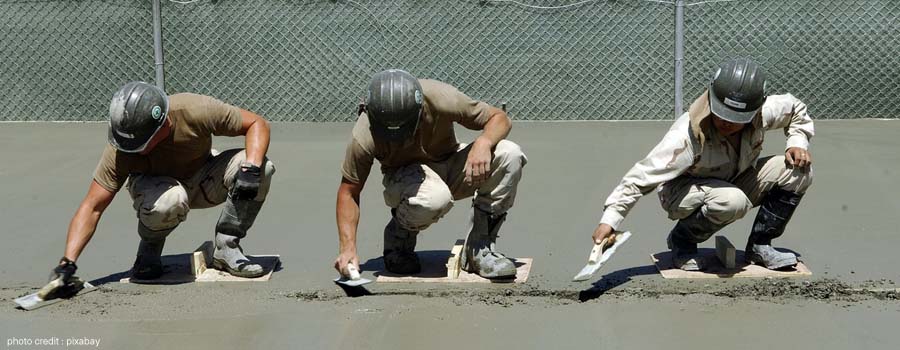Blog Post

Water, aggregates, and cement are the three primary ingredients in concrete, making it one of the most extensively used building materials. Ready-mix concrete and site-mixed concrete are the two primary types of concrete used in the construction industry. When choosing a project, several determining factors (like both types have their standards, advantages, and downsides) are taken into account. Prefabricated concrete is made in a factory and transported to the construction site. Ready-mix concrete is typically sold in cubic meters, which is the most common unit of measurement.
As its name suggests, site-mixed concrete refers to volumetric concrete made onsite during construction. To achieve the desired strength, concrete components are combined in precise proportions. To achieve the requisite uniformity, this strategy involves the use of formulas. Workers must adhere to exacting standards when preparing the onsite concrete to avoid concerns with its quality.
Ready Mix Concrete Vs. Onsite Mix Concrete
Both forms of concrete have pros and disadvantages, but which one is best depends on a project's specific requirements. Some of the advantages and disadvantages of each concrete are outlined below:
• Time
Ready Mix Concrete- Ready-to-use and less time-consuming than other options
Onsite Mix- Due to several procedures, formulas, and the time it takes to set, the process takes longer.
• Equipment
Ready Mix Concrete- Does not necessitate the use of construction site equipment.
Onsite Mix- Concrete may only be made onsite with a weigh batch mixer.
• Distribution
Ready Mix Concrete- Deliverable to various locations inside a project
Onsite Mix- To avoid contamination, the mixture must be prepared at usage.
• Recommended Applications
Ready Mix Concrete- Towering structures
Onsite Mix - Low-rise buildings
• Storage Requirements
Ready Mix Concrete- No need for extra storage space for raw materials.
Onsite Mix- A controlled storage facility is necessary to store and maintain commodities like cement and aggregates.
• Waste
Ready Mix Concrete- The amount of waste generated on the site is low.
Onsite Mix- Storage and mixing can result in some material loss.
• Quality
Ready Mix Concrete- Consistent quality thanks to an automated and controlled environment.
Onsite Mix- Maintaining quality control between different batches necessitates on-the-spot inspection. Due to inconsistency, the setting time may be different.
• Need Of Manpower
Ready Mix Concrete- Only skilled work is necessary to pour and compact the concrete.
Onsite Mix- Preparation of concrete at the project site necessitates extra labour.
• Space
Ready Mix Concrete–The concrete mixer truck must have access to a sufficient parking area.
Onsite Mix- Material storage and batch mixers necessitate space.
• Batch-Size
Ready Mix Concrete- Concrete in bulk can be supplied quickly and conveniently.
Onsite concrete- Mixing is a demanding task.
• Site Location
Ready Mix Concrete- If the batching facility is farther from the construction site, the concrete will need retardants and other admixtures to keep it from forming up. Transport costs may arise, and there may be concerns about product quality.
Onsite Mix- Materials and mixing equipment must be brought to the construction site.
Key Observation
Despite its higher price, ready-mix concrete is often the best option for many projects. If the concrete is made in a professional plant, it has superior quality, and the quality difference between batches is small. Transportation requirements are another issue that can influence the type of concrete most suited for a project's location.
For large-scale projects that require a huge volume of materials, the use of ready-mix concrete is typically advised by Save Time Concrete. Smaller projects and renovations with less substantial volume are more suited for onsite mixing.